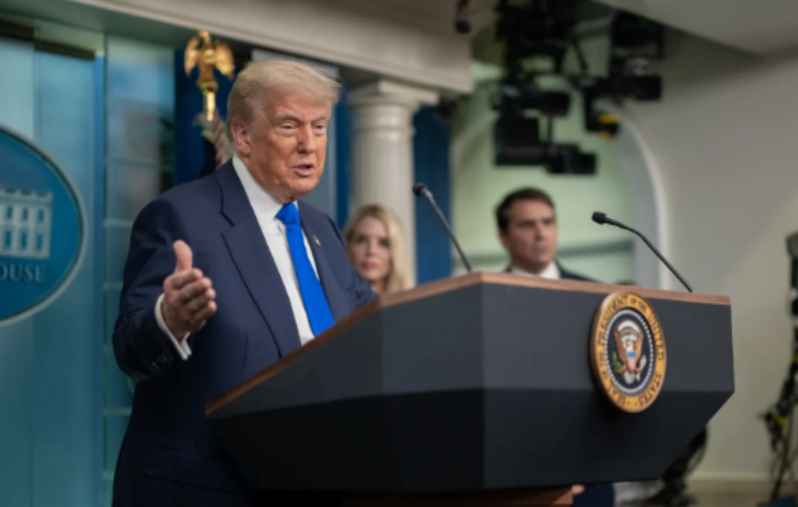According to Bloomberg, U.S. President Trump announced a 50% tariff on imported copper starting August 1, which could impact American manufacturers across various sectors, from automobiles to appliances. Trump hinted at this unexpectedly high tariff on July 8 and confirmed the implementation date later that evening on Truth Social, blaming the decline of the U.S. copper industry on the previous administration. He stated that the tariff would reverse what he described as the Biden administration's ill-considered actions, allowing the U.S. copper industry to regain dominance. Trump emphasized the strategic importance of copper, being the second most used metal by the U.S. Department of Defense, and highlighted its critical applications, including ammunition production. He claimed the tariff decision followed a comprehensive review of U.S. national trade security, although the related Section 232 investigation report is not yet public. The U.S. currently heavily relies on copper imports, primarily from Chile, Canada, and Mexico. Analysts and industry executives warn that it will take years for the U.S. to establish significant domestic copper production capacity. The Financial Times reported that Trump's tariff initiative has received support from Robert Friedland, founder of Ivanhoe Mines Ltd., who stated that domestic copper production is vital for U.S. national security, especially in times of war. This planned tariff on imported copper opens another front in Trump's efforts to reshape global trade and rebuild U.S. industry. However, key details that metal traders seek, such as how the tariff will initially be enforced, which products will be affected, and whether any suppliers will be exempt, remain unclear. Copper prices have seen significant fluctuations this week, with U.S. copper futures trading at about a 28% premium over the global benchmark price on the London Metal Exchange (LME), indicating that traders are uncertain about the full implementation of the 50% tariff. Nevertheless, some traders are urgently adjusting logistics strategies to get goods to the U.S. before the August 1 deadline, shifting delivery destinations to Hawaii and Puerto Rico to shorten shipping times. UBS Group’s co-head of mining research, Lachlan Shaw, stated, 'Once the logistics time window closes, we expect arbitrage purchases to slow down, which will put pressure on LME pricing. The impact on the COMEX and LME price spread will ultimately depend on the final tariff rate, product coverage, and how much the tariff-inclusive price suppresses U.S. copper demand.' Following this news, copper prices on the New York COMEX rose 2.6% to $5.63 per pound, having previously surged to an all-time high on July 8 before retreating on July 9; LME copper prices increased by 0.5% after a five-day decline. Additionally, the White House is negotiating reciprocal tariffs with dozens of major trading partners, which will also take effect on August 1. Recently, Trump announced that the reciprocal tariff on Brazil would be dramatically increased from 10% to 50% starting August 1, a shocking increase for Brazil, which has maintained a balanced trade relationship with the U.S. Furthermore, Trump has raised tariffs on imported steel and aluminum and hinted at developing more industry-specific tariffs.
Trump Announces 50% Tariff on Copper Imports Starting August 1

Share this post on: